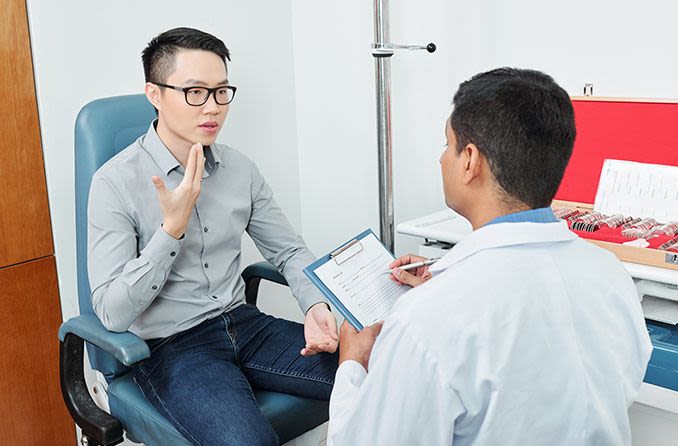What’s the best age to get LASIK surgery?

Which age should you get LASIK?
In general, the best age range to get LASIK surgery is sometime between ages 25 and 40. This isn’t the only time you can get LASIK. In fact, the most common age range to get LASIK is 21 to 60. People who are younger or older may need to take a few extra things into consideration.
The minimum age to get LASIK in the United States is 18 years old.
LASIK surgery gets more and more common as time goes on. For the right candidate, it can be an attractive way to correct refractive errors like nearsightedness, farsightedness and astigmatism without the need for glasses or contact lenses.
SEE RELATED: Considerations for scheduling LASIK surgery
Considering LASIK at different ages
When it comes to LASIK surgery, an eye doctor or LASIK surgeon is the best person to provide the most accurate advice for your personal situation.
Most doctors use this information as a starting point:
Ages 18 to 25
Conditions like nearsightedness, farsightedness and/or astigmatism should be stable before someone has LASIK. This way their vision doesn’t change due to age after their procedure.
Between the ages of 18 and 25, some people still experience regular changes to their eye prescription.
But everyone’s eyesight is different, and some people may see their vision stabilize before they turn 25. At which point LASIK can be considered. Your eye doctor is more likely to recommend LASIK if your glasses or contact lens prescription hasn’t changed for at least a year.
Ages 25 to 40
Most LASIK surgeons consider 25 to 40 to be the best age range for laser eye surgery.
Since eye doctors and surgeons generally require at least one year without a major prescription change, you’ll want to make sure your vision information is current.
A comprehensive eye exam is the best way to get an up-to-date vision prescription from an optometrist (eye doctor) or ophthalmologist (medical eye doctor who can perform surgery).
READ MORE: How long does it take to recover from LASIK?
Ages 40 to 55
Around age 40, your vision starts to change again. This time, it’s caused by presbyopia — a type of farsightedness that happens to everyone eventually. With presbyopia, certain parts of the eye become stiffer or weaker and make it hard to focus on close-up objects.
This is when reading glasses can come in handy for reading a book or using a smartphone.
Standard LASIK surgery for distance vision won’t correct presbyopia. But there are other options, including monovision and multifocal LASIK.
People in this age group may still be able to get LASIK, but they’ll want to consider the following risk factors:
Family eye health history
Let your doctor know if you’re taking any medications or supplements. These can affect the outcome of your procedure, too.
Ages 55 and older
LASIK eye surgery may still be considered for people aged 55 and up, as long as the candidate is in good health. However, other risk factors can interfere with eligibility.
Cataracts, for example, most often affect people in this age group. Most cataracts worsen over time. Once they’re detected as having an effect on vision, then cataract surgery may take priority.
This doesn’t automatically rule out a future LASIK procedure, though.
While age is one contributing factor to laser eye surgery, it isn’t the only one. Your eye doctor will take these factors into consideration and help you decide if LASIK is a good fit.
CONSIDERING LASIK? Ask an eye doctor near you for a consultation or referral.
When is LASIK not for me? U.S. Food and Drug Administration. Accessed March 2022.
LASIK — laser eye surgery. American Academy of Ophthalmology. October 2020.
LASIK candidate. Harvard Medical School, Department of Ophthalmology. Accessed March 2022.
Page published on Friday, June 26, 2020
Medically reviewed on Tuesday, March 8, 2022






